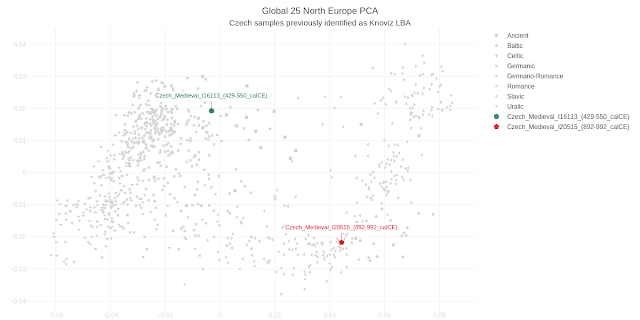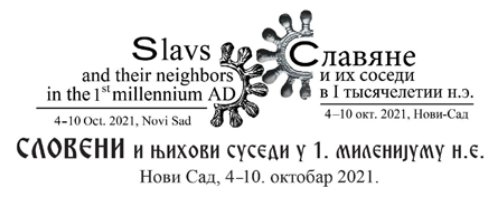Uncanny genetic proportions from Hungary suggest a long lasting Hunter-Gatherer ancestry in Central Europe at the Bronze Age Gerber Dániel (1, 2), Ari Eszter (2, 3), Szeifert Bea (1, 2), Kustár Ágnes, Fábián Szilvia (4), Bondár Mária (5), Kiss Viktória (5), Köhler Kitti (5), Mende Balázs Gusztáv (1), Szécsényi-Nagy Anna (1) 1 - Research Centre for the Humanities, Institute of Archaeogenomics, Eötvös Loránd Research Network (ELKH), Budapest, Hungary (Hungary), 2 - Department of Genetics, ELTE Eötvös Loránd University, Budapest, Hungary (Hungary), 3 - Synthetic and Systems Biology Unit, Biological Research Centre, Eötvös Loránd Research Network (ELKH BRC) (Hungary), 4 - Natural History Museum (Hungary), 5 - Research Centre for the Humanities, Institute of Archaeology, Eötvös Loránd Research Network (ELKH), Budapest, Hungary (Hungary) Bronze Age was a critical turning point in the formation of today's European populations when especially Central Europe became genetically really colour














